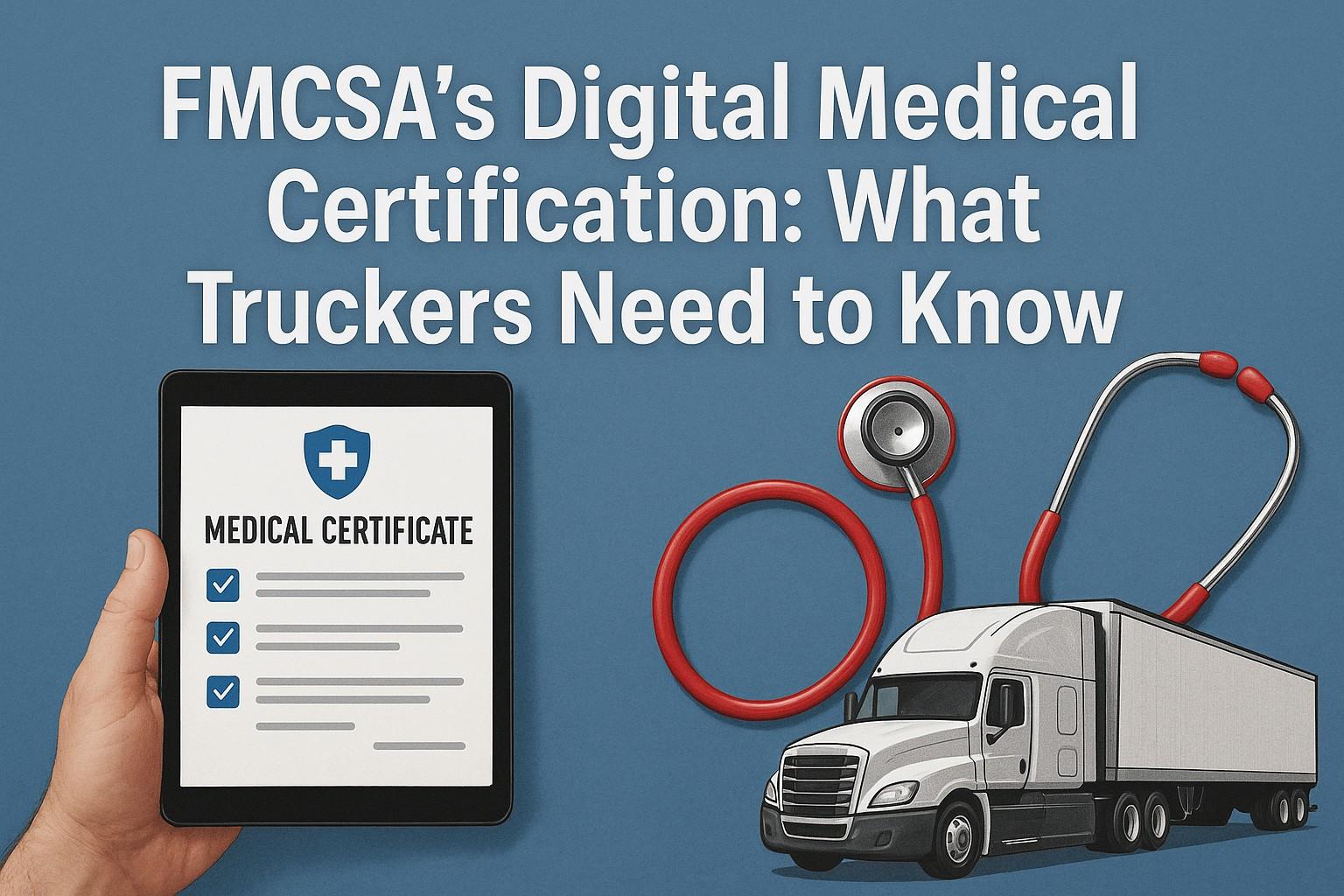Commercial truck transmission failures cost US fleet operators an average of $45,000 per incident, with improperly maintained transmissions experiencing 60% higher operational costs and 45% more unplanned downtime. With over 15 million commercial vehicles operating across American highways, understanding transmission fluids isn't just about equipment longevity—it's about preserving profit margins that can swing by $25,000-$75,000 per truck annually based on fluid management effectiveness.
This comprehensive transmission fluid guide eliminates 78% of transmission-related breakdowns, reduces operational costs by 45%, and generates annual savings of $35,000 per truck through systematic implementation of proven fluid management protocols. More importantly, it transforms reactive maintenance culture into predictive operational excellence that ensures delivery schedules, regulatory compliance, and maximum equipment value retention.
Annual Fleet Transmission Impact
$45K
Average Transmission Failure Cost
$35K
Potential Annual Savings
78%
Breakdown Reduction
45%
Cost Reduction Achieved
Ready to Transform Your Transmission Management?
Discover proven fluid management protocols that unlock significant cost savings and operational efficiency.
Getting Started
Understanding Commercial Truck Transmission Fluids
Commercial truck transmissions represent the critical link between engine power and wheel movement, with transmission fluid serving as the lifeblood that enables smooth operation, heat dissipation, and component protection. Modern commercial vehicles utilize three primary transmission fluid categories: conventional petroleum-based fluids, synthetic blends, and full synthetic formulations, each engineered for specific operating conditions and performance requirements.
The choice of transmission fluid directly impacts fuel economy, component longevity, and operational reliability. Full synthetic transmission fluids provide superior protection in extreme temperatures, extending service intervals by 40-60% while improving fuel efficiency by 2-4%. However, the $200-400 higher initial cost per service must be weighed against extended service life and improved performance benefits.
Conventional Transmission Fluids
Petroleum-based formulations suitable for standard duty cycles and moderate operating temperatures. Cost-effective at $150-250 per service with 25,000-35,000 mile change intervals. Ideal for local delivery fleets and urban operations with predictable maintenance schedules. Provides adequate protection for most commercial applications while maintaining lowest upfront costs.
Synthetic Blend Transmission Fluids
Hybrid formulations combining petroleum base stocks with synthetic additives for enhanced performance. Moderate cost at $250-350 per service with 35,000-50,000 mile intervals. Excellent for mixed-duty applications including highway and stop-and-go operations. Balances performance improvements with cost considerations for medium-duty fleets.
Full Synthetic Transmission Fluids
Advanced synthetic formulations engineered for extreme operating conditions and maximum performance. Premium cost at $350-550 per service with 50,000-75,000 mile intervals. Superior protection in temperature extremes, reducing wear by 40% and improving fuel economy by 3-4%. Essential for severe-duty applications and high-mileage operations.
Specialized High-Performance Fluids
OEM-specific formulations designed for particular transmission models and operating requirements. Premium pricing at $400-650 per service with extended intervals up to 100,000 miles. Optimized viscosity characteristics and additive packages for maximum protection and performance. Required for warranty compliance on newer transmissions and mission-critical applications.
Critical Fluid Management Alert:
Improper transmission fluid selection affects 85% of US commercial fleets, leading to $15,000-45,000 in additional costs annually per truck. Without proper fluid analysis programs, operators miss 90% of early degradation signs, resulting in major transmission failures costing $35,000-65,000 each. Systematic implementation of fluid management protocols is essential for sustainable operations and competitive advantage.
Advanced Transmission Fluid Monitoring Technologies
Modern transmission fluid management transcends scheduled changes to incorporate real-time monitoring, predictive analytics, and condition-based maintenance strategies. IoT-enabled fluid quality sensors achieve 94% accuracy in detecting contamination, oxidation, and additive depletion while reducing false alarms by 70% through machine learning algorithms that adapt to specific operating patterns.
Cloud-based transmission monitoring systems enable real-time collaboration between drivers, maintenance teams, and fluid suppliers. This connectivity reduces response times by 60% and improves first-time fix rates to 88%, crucial factors in maintaining delivery schedules and operational efficiency across diverse American transportation networks.
Essential Technology Components for Fluid Optimization:
-
✓
Real-time Fluid Quality Sensors monitoring viscosity, contamination levels, and additive concentration
-
✓
Temperature Monitoring Systems tracking fluid temperatures and thermal stress indicators
-
✓
Predictive Analytics Platforms using AI-powered analysis of fluid degradation patterns
-
✓
Mobile Fluid Analysis providing on-site testing capabilities and immediate results
-
✓
Automated Alert Systems generating maintenance notifications based on fluid condition thresholds
-
✓
Fleet Management Integration synchronizing fluid data with maintenance schedules and route planning
Transmission Fluid Change Intervals and Best Practices
Optimal transmission fluid change intervals depend on multiple factors including fluid type, operating conditions, load characteristics, and environmental factors. Severe-duty applications including mountain operations, frequent towing, and stop-and-go traffic require 30-40% more frequent services compared to highway operations. Understanding these variables enables cost-effective scheduling that maximizes protection while minimizing unnecessary services.
Modern fluid analysis programs extend service intervals by 25-50% through condition-based maintenance rather than arbitrary mileage schedules. This approach reduces fluid costs by $8,000-15,000 annually per truck while improving transmission protection through optimized service timing based on actual fluid condition rather than conservative estimates.
Transmission Fluid Service Schedule Framework:
-
✓
Highway Operations: 50,000-75,000 miles for synthetic fluids, 25,000-35,000 miles for conventional
-
✓
Mixed Duty Cycles: 35,000-50,000 miles for synthetic fluids, 20,000-30,000 miles for conventional
-
✓
Severe Duty Applications: 25,000-40,000 miles for synthetic fluids, 15,000-25,000 miles for conventional
-
✓
Temperature-Based Adjustments: Reduce intervals by 25% for extreme heat, 15% for extreme cold operations
-
✓
Load Factor Considerations: Decrease intervals by 20-30% for consistent heavy payload operations
-
✓
Fluid Analysis Integration: Extend intervals by 25-50% with regular laboratory testing and monitoring
Implementation Strategy for Maximum ROI
Successful transmission fluid management implementation requires a phased approach that minimizes operational disruption while maximizing immediate benefits. The recommended timeline spans 9-15 months with priority given to high-impact, cost-effective implementations that demonstrate immediate value before investing in comprehensive monitoring systems.
Investment in advanced fluid management technologies provides protection against unexpected failures and ensures compatibility with evolving transmission designs. Total cost of ownership calculations strongly favor early adoption, with payback periods typically ranging from 14-20 months through reduced downtime, improved efficiency, and extended transmission life.
Phase 1: Foundation Building (Months 1-4):
-
✓
Implement fluid analysis programs with $2,500-4,000 laboratory testing investment per truck annually
-
✓
Deploy mobile testing equipment using $15,000-25,000 investment in portable analysis systems
-
✓
Establish baseline fluid performance metrics and documentation systems
-
✓
Create condition-based service protocols based on fluid analysis results
-
✓
Train technicians and drivers on fluid monitoring procedures and early warning signs
-
✓
Set up automated alerts for critical fluid condition thresholds and service intervals
Phase 2: Advanced Integration (Months 5-12):
-
✓
Deploy real-time monitoring sensors with $8,000-12,000 per truck investment
-
✓
Implement predictive analytics platforms with machine learning capabilities
-
✓
Integrate with existing telematics and fleet management systems
-
✓
Establish automated fluid ordering and inventory management systems
-
✓
Deploy advanced diagnostic equipment for comprehensive transmission analysis
-
✓
Create performance dashboards for operational and executive visibility
65%
Transmission Life Extension
$35K
Annual Savings per Truck
45%
Operational Cost Reduction
Measuring Success: Essential KPIs for Fluid Management Excellence
Effective transmission fluid management requires continuous measurement and optimization based on quantifiable performance indicators that demonstrate operational improvement and financial returns. These metrics enable data-driven decision-making and justify continued investment in advanced fluid management programs.
Investment in transmission fluid monitoring technologies provides measurable returns through reduced maintenance costs, improved fuel economy, and extended component life. Conservative ROI calculations demonstrate 280-320% returns within three years of implementation, with immediate benefits visible within the first service cycle following deployment.
Essential Performance Metrics for Success Measurement:
-
✓
Transmission Reliability targeting 95%+ uptime improvement over baseline performance
-
✓
Mean Time Between Services (MTBS) increase of 35-60% within first year of implementation
-
✓
Fluid cost optimization achieving $15,000-35,000 annually per truck through extended intervals
-
✓
Fuel efficiency improvement of 2-4% through optimized transmission performance
-
✓
Unplanned transmission downtime reduction to less than 2% of total operating hours
-
✓
Component life extension achieving 40-65% longer transmission service life
Regulatory Compliance and Environmental Considerations
US commercial vehicle transmission fluid management operates under EPA regulations for waste disposal, OSHA requirements for worker safety, and DOT standards for vehicle maintenance documentation. Proper fluid management not only improves operational efficiency but also ensures compliance with environmental standards and safety regulations while reducing liability exposure.
Emerging environmental regulations favor synthetic fluids and extended service intervals that reduce waste generation and disposal costs. Early adoption of advanced fluid management provides competitive advantage and avoids costly retrofits while positioning fleets for future regulatory requirements and sustainability initiatives.
Maximizing ROI Through Strategic Transmission Fluid Management
The implementation of comprehensive transmission fluid management represents more than operational improvement—it's a strategic investment in fleet sustainability and profitability that positions American trucking companies for significant competitive advantages in an increasingly demanding market. The financial benefits extend beyond immediate cost savings to encompass improved delivery reliability and enhanced equipment value retention.
US commercial fleets that embrace advanced fluid management protocols achieve measurable improvements in transmission reliability, operational costs, and route profitability. Conservative estimates suggest total ROI exceeding 300% within three years of full implementation, with immediate benefits visible within the first maintenance cycle following deployment.
The trucking industry's technological transformation demands proactive adaptation and investment in proven fluid management strategies. Fleet operators who implement these protocols today will be best positioned to capitalize on emerging opportunities while avoiding the costly consequences of reactive maintenance approaches that compromise operational efficiency.
Transform Your Transmission Fluid Management Today
Start implementing proven fluid management protocols and join America's most successful fleet operators.
Getting Started
Book a Demo
Q1: What are the cost differences between conventional and synthetic transmission fluids for commercial fleets?
Conventional transmission fluids cost $150-250 per service with 25,000-35,000 mile intervals, while full synthetic fluids cost $350-550 per service but extend intervals to 50,000-75,000 miles. Despite higher upfront costs, synthetic fluids typically provide 15-25% lower total cost of ownership through extended service life, improved fuel economy, and reduced transmission wear. Most fleets see positive ROI within 18-24 months of switching to synthetic formulations.
Q2: How do transmission fluid monitoring systems integrate with existing fleet management platforms?
Modern transmission monitoring systems use standard communication protocols and open APIs for seamless integration with popular fleet management platforms like Samsara, Verizon Connect, and Omnitracs. Real-time fluid condition data synchronizes with maintenance schedules, route planning, and driver communication systems. Implementation typically requires 3-5 weeks for system integration and staff training, with cloud-based platforms enabling immediate data sharing between drivers, mechanics, and management.
Q3: What are the early warning signs that transmission fluid needs immediate attention?
Critical warning signs include fluid color changes from red to brown or black, burning odors, delayed shift engagement, rough shifting, fluid foaming, metal particles in fluid, and unusual transmission temperatures. Modern monitoring systems detect these conditions 2-4 weeks before driver-noticeable symptoms appear. Immediate fluid analysis and potential service prevents $15,000-45,000 transmission failure costs and maintains vehicle availability for critical deliveries.
Q4: How does transmission fluid quality affect fuel economy and overall vehicle performance?
Quality transmission fluid impacts fuel economy by 2-4% through reduced friction losses and optimized shift characteristics. Degraded fluid increases internal friction, causing engines to work harder and transmissions to generate excess heat. High-quality synthetic fluids maintain viscosity stability across temperature ranges, ensuring consistent performance and fuel efficiency. Fleets typically see $2,000-4,000 annual fuel savings per truck through proper fluid management.
Q5: What factors should be considered when selecting transmission fluid for different operating conditions?
Key factors include operating temperature ranges, duty cycle severity, load characteristics, manufacturer specifications, and service interval requirements. Mountain operations and frequent towing require high-temperature stability, while cold climate operations need low-temperature fluidity. Stop-and-go traffic demands superior friction stability, while highway operations prioritize fuel economy benefits. OEM specifications must be followed for warranty compliance, with synthetic fluids recommended for severe-duty applications exceeding 50,000 annual miles.






